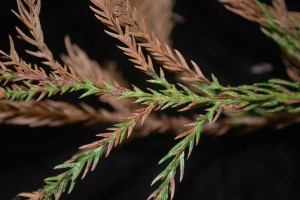Please note: The Rutgers Nursery and Green Industry Working Group is working to deliver regular pest and disease updates throughout the season. These will be in addition to important alerts, critical topics, and pesticide credit opportunities. This tool is made for you, the commercial agriculture business, so please let us know if there are particular topics you would like to see included in the regular update.
Email: twaller@njaes.rutgers.edu Phone: 856-451-2800 Ext. 1.
| Projected GDD50 accumulation as of 5/20/2024 (for June – July) | ||||||
| CODE | Location | 20-May | 1-Jun | 15-Jun | 1-Jul | 15-Jul |
| NJ50 | Upper Deerfield (South) | 437 | 658 | 957 | 1363 | 1766 |
| NJ73 | Vineland (South) | 454 | 670 | 961 | 1360 | 1755 |
| KMIV | Millville Airport (South) | 445 | 655 | 942 | 1338 | 1730 |
| NJ05 | Greenwich (South) | 453 | 681 | 984 | 1395 | 1798 |
| NJ10 | Howell (Central) | 344 | 545 | 809 | 1180 | 1554 |
| N59 | High Point (North) | 275 | 463 | 683 | 997 | 1316 |
| USPEST.ORG – Model: simple average/growing degree-day, Min: 50F – Max: 95F, NMME forecast | ||||||
| Forecast: 7-month NMME based seasonal climate forecast (USPEST.ORG) – Subject to change regularly = Check Often | ||||||
Please download and print the Rutgers Nursery and Landscape Pest Scouting Guide or Conifer and Christmas Tree Pest Scouting Guide and refer to this post “Obtaining your local growing degree-days (GDD)” for additional information. (See pest scouting guides for complete list of references)
Please SHARE what you SEE!! If you see a pest, disease, otherwise interesting or troublesome issue please report it to the Working Group by following the QR Code on the front of the Pest Scouting Guides or by filling out this reporting form.

